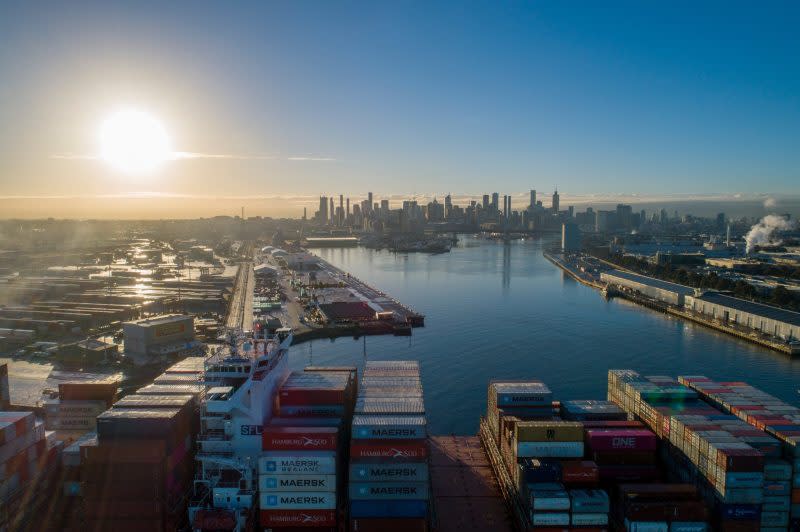Resources
Newsletter
Stay up to date and with the latest news, projects, deals and features.
Subscribe
Sustainability is on the development agenda for several ports in Victoria as infrastructure projects ramp up in the state.
The Victorian Renewable Energy Terminal is planned for the Port of Hastings at Western Port—$27 million has been set aside for it in the state budget.
The terminal will help build large-scale offshore wind infrastructure, such as foundations, towers and turbines.
They are earmarked for Victoria’s first offshore wind farm, which aims to achieve offshore wind targets of at least 2GW by 2032, 4GW by 2035 and 9GW by 2040 to move towards net zero by 2045.
Australia currently does not have another port suitable for large scale offshore wind construction.
Offshore Wind Energy Victoria, a division of the Department of Energy, Environment and Climate Action, has been established to help industry and developers be a part of offshore wind projects.
The Port of Hastings was chosen thanks to its large areas of zone land, proximity to existing port precincts, deep water channels and proximity to offshore wind projects on the Gippsland coast.
A 15,000sq km area of Bass Strait off Gippsland in waters between Lakes Entrance and Wilsons Promontory has been declared Australia’s first offshore wind zone by the Federal government.
Another offshore wind zone, this one in the Southern Ocean off the coast of Portland, has also been proposed—a 60-day public consultation recently closed.
The renewable energy Terminal would be built at the Old Tyabb Reclamation Area within the existing port and industrial zone.
It would be be set up as a multi-user facility with new berths, heavy-duty pavements and other major supporting infrastructure.
More reliable power for the state, jobs and billions in investment is expected to be generated by the project, according to minister for ports and freight Melissa Horne.
“This project will give industry further confidence to kick-start renewable energy projects and deliver thousands of ongoing job opportunities for Victorians in our renewable energy future,’’ Horne said.

Meanwhile, a syndicate of 10 banks has funded a loan for the Port of Melbourne to work towards the port becoming more sustainable.
The $475-million loan will go towards two indicators for scope 1 and 2 emissions reductions, a mental health first aid workplace certification and a gateway target for scope 3 emissions reduction tied to engagement with port stakeholders.
Port of Melbourne chief executive Saul Cannon said it was a key part of the port’s decarbonisation strategy, which included joining the C40 Green Ports Forum.
“As Australia’s largest general cargo and container port, we are committed to facilitating the decarbonisation of the port’s supply chain, minimising the port’s impact on our land, air and waters and building strong stakeholder relationships,” Cannon said.
“In addition, we’ve committed to engaging with our tenants, shipping lines and other port users on emissions reduction measurement and opportunities.”
Decarbonisation efforts are being considered for other key infrastructure projects including the Beveridge Intermodal Freight Terminal.